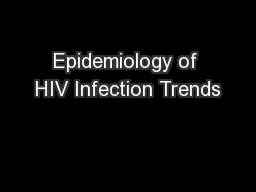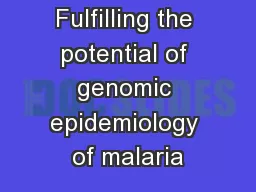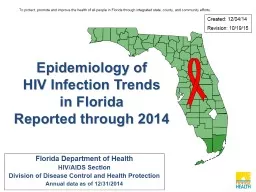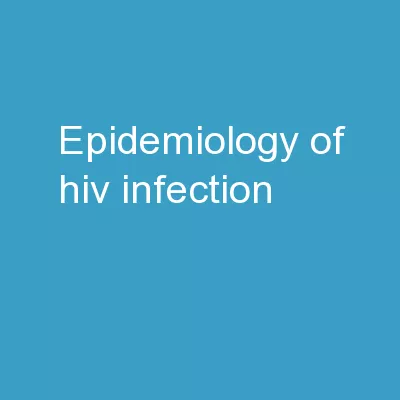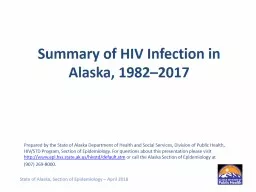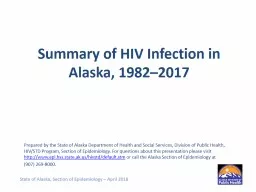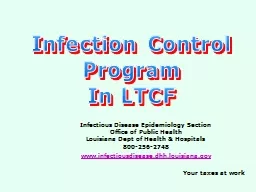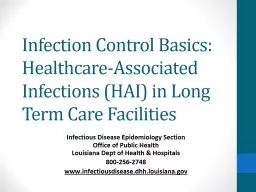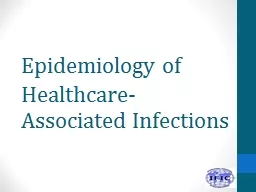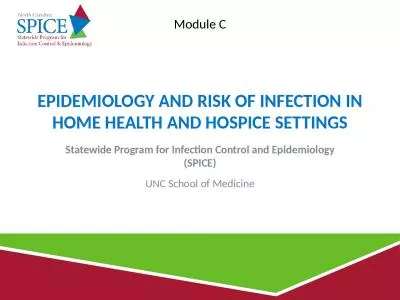PPT-Epidemiology of HIV Infection Trends
Author : pasty-toler | Published Date : 2018-09-29
in Florida Diagnosed through 2014 Florida Department of Health HIVAIDS Section Division of Disease Control and Health Protection Annual data as of 12312015 To
Presentation Embed Code
Download Presentation
Download Presentation The PPT/PDF document "Epidemiology of HIV Infection Trends" is the property of its rightful owner. Permission is granted to download and print the materials on this website for personal, non-commercial use only, and to display it on your personal computer provided you do not modify the materials and that you retain all copyright notices contained in the materials. By downloading content from our website, you accept the terms of this agreement.
Epidemiology of HIV Infection Trends: Transcript
Download Rules Of Document
"Epidemiology of HIV Infection Trends"The content belongs to its owner. You may download and print it for personal use, without modification, and keep all copyright notices. By downloading, you agree to these terms.
Related Documents

